
Schoenus arenicola is a species of sedge endemic to the south-west coast of South Africa.
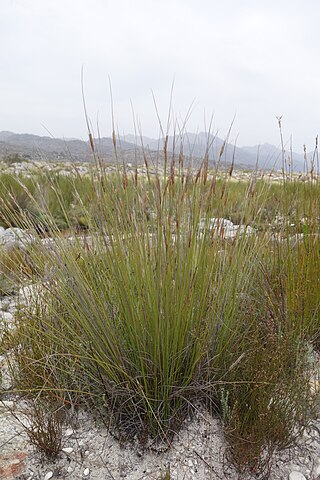
Schoenus pictus is a species of sedge endemic to the Western Cape Province of South Africa. It is a species usually found on mountain slopes.
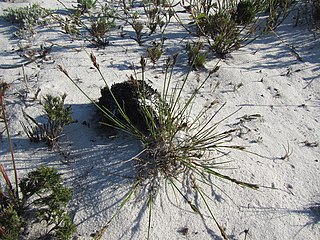
Schoenus auritus is a species of sedge endemic to southern and eastern South Africa.
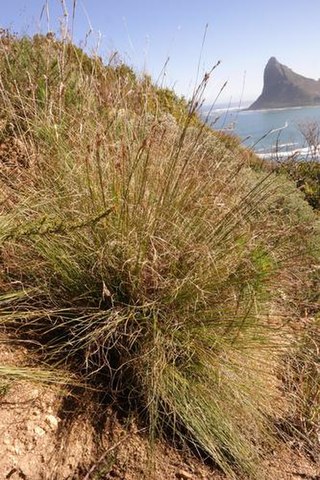
Schoenus graminifolius is a species of sedge endemic to the Cape Peninsula of South Africa.

Schoenus ligulatus is a species of sedge endemic to the western regions of the Western Cape Province of South Africa.

Schoenus exilis is a species of sedge endemic to the western areas of the Western Cape Province of South Africa.
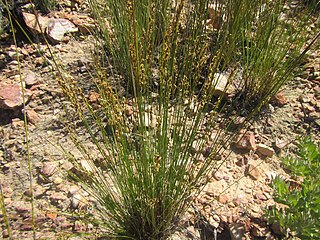
Schoenus submarginalis is a species of sedge endemic to the mountains of the Western and Eastern Cape provinces of South Africa.

Schoenus crassiculmis is a species of sedge endemic to the mountains of the Western Cape Province of South Africa. Few collections of this species have also been made from western areas of the Eastern Cape Province.
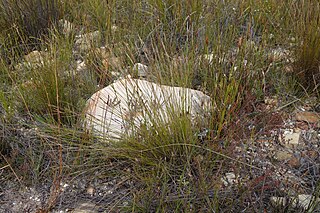
Schoenus bracteosus is a species of sedge endemic to the mountains of southern South Africa.

Schoenus compactus is a species of sedge endemic to south-western South Africa.
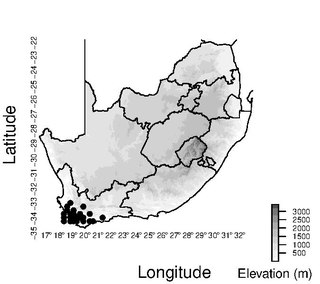
Schoenus crassus is a species of sedge endemic to south-western South Africa.
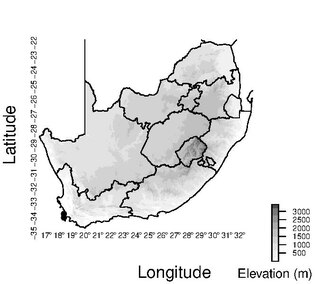
Schoenus riparius is a species of sedge endemic to the Cape Peninsula of South Africa.
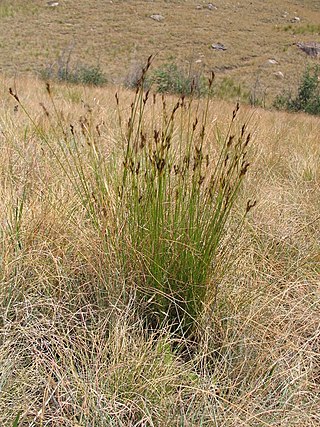
Schoenus galpinii is a species of sedge endemic to eastern southern Africa.
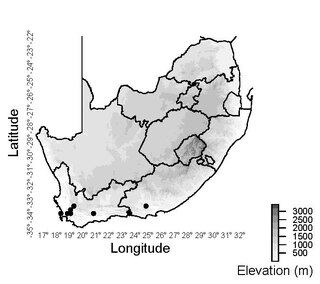
Schoenus adnatus is a species of sedge endemic to mountainous locations in southern regions of South Africa.

Schoenus complanatus is a species of sedge endemic to the western mountains of the Western Cape Province of South Africa.
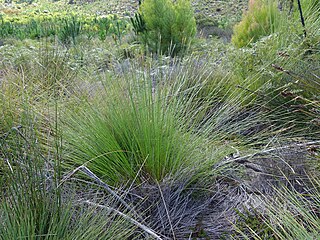
Schoenus neovillosus is a species of sedge endemic to the south-western mountains of the Western Cape Province of South Africa.
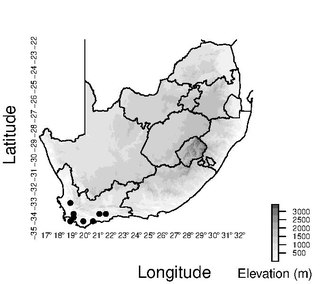
Schoenus brunnescens is a species of sedge endemic to the Western Cape Province of South Africa.
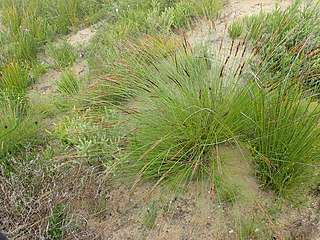
Schoenus graciliculmis is a species of sedge endemic to regions of the southern Eastern Cape Province and nearby regions of the Western Cape Province of South Africa.

Schoenus inconspicuus is a species of sedge endemic to south-western areas of the Western Cape Province of South Africa.

Schoenus crinitus is a species of sedge endemic to the Worcester region of the Western Cape Province of South Africa.



























